How to get URL link on X (Twitter) App
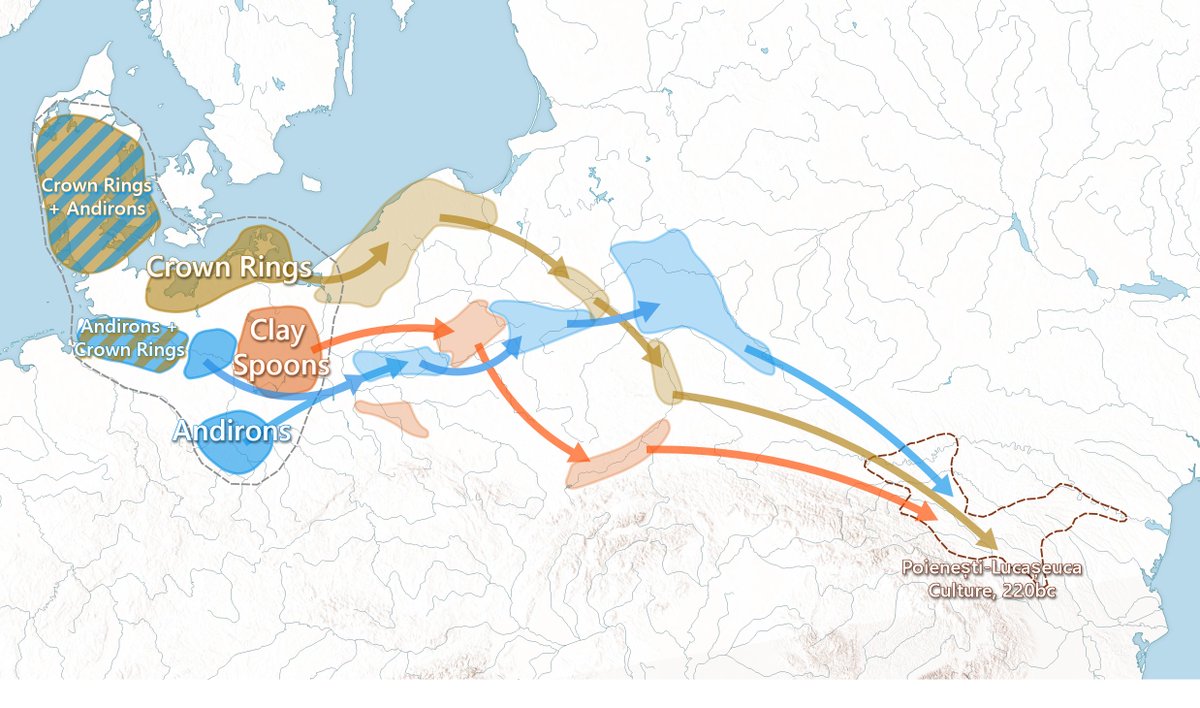
 My previous thread on the Topic can be found here, which you should read before reading this one, although i will summarise it briefly.
My previous thread on the Topic can be found here, which you should read before reading this one, although i will summarise it briefly.https://x.com/Maptysk/status/1917305064978293111
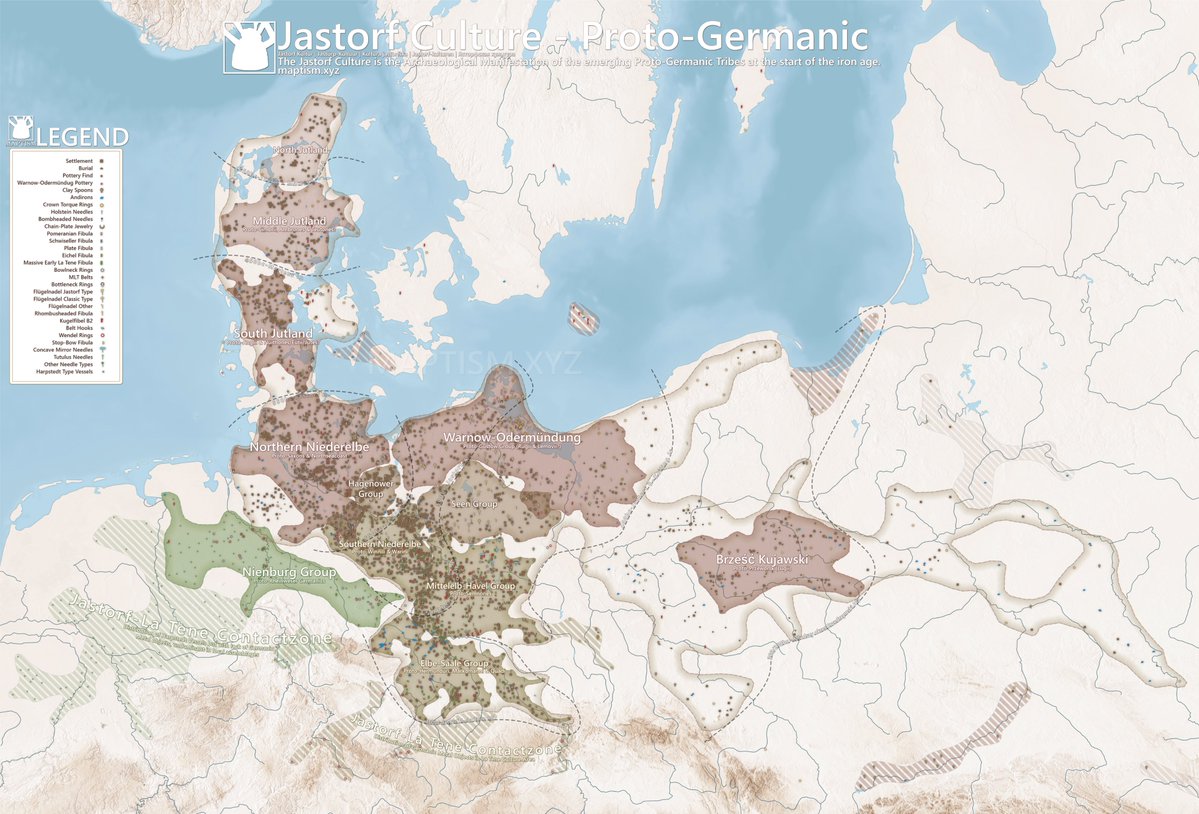
 Full-Resolution:
Full-Resolution: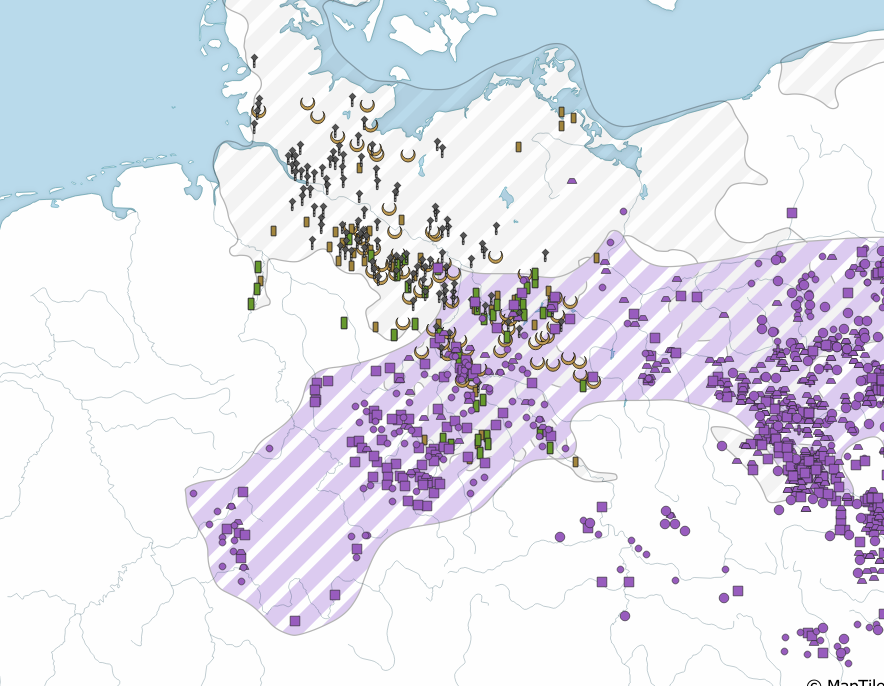
 According to the Origo Gentis Langobardorum, the Langobards used to go by the name "Winnili". The earliest mentions of the Langobards by the name "Langobardi" is already in the 1st century AD, most notably by Tacitus, so the name Winnili must predate the 1st century AD, which matches up with the Presence of the Przeworsk Culture in Germany in the 1st century BC. (Pictured Below in Purple)
According to the Origo Gentis Langobardorum, the Langobards used to go by the name "Winnili". The earliest mentions of the Langobards by the name "Langobardi" is already in the 1st century AD, most notably by Tacitus, so the name Winnili must predate the 1st century AD, which matches up with the Presence of the Przeworsk Culture in Germany in the 1st century BC. (Pictured Below in Purple)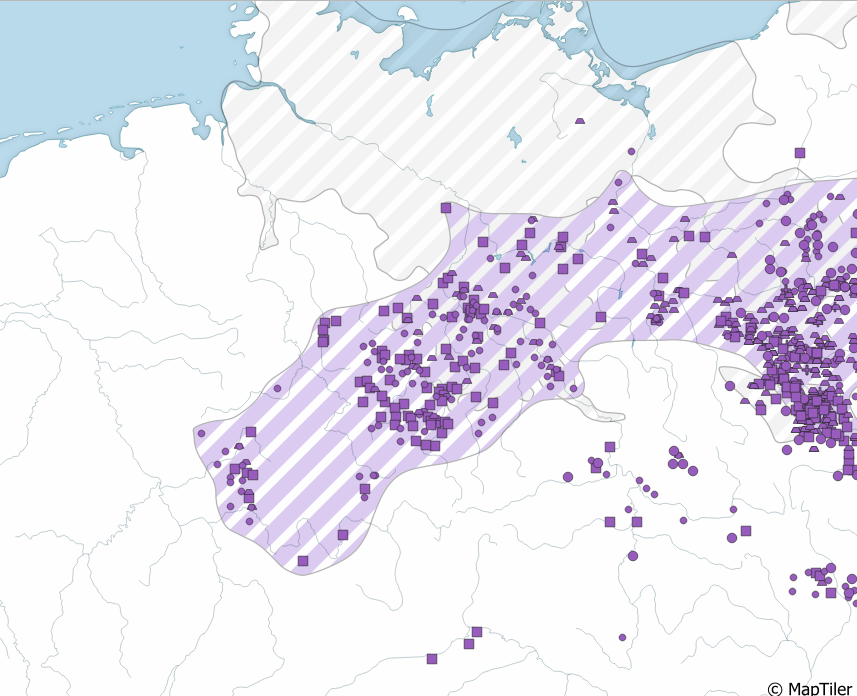
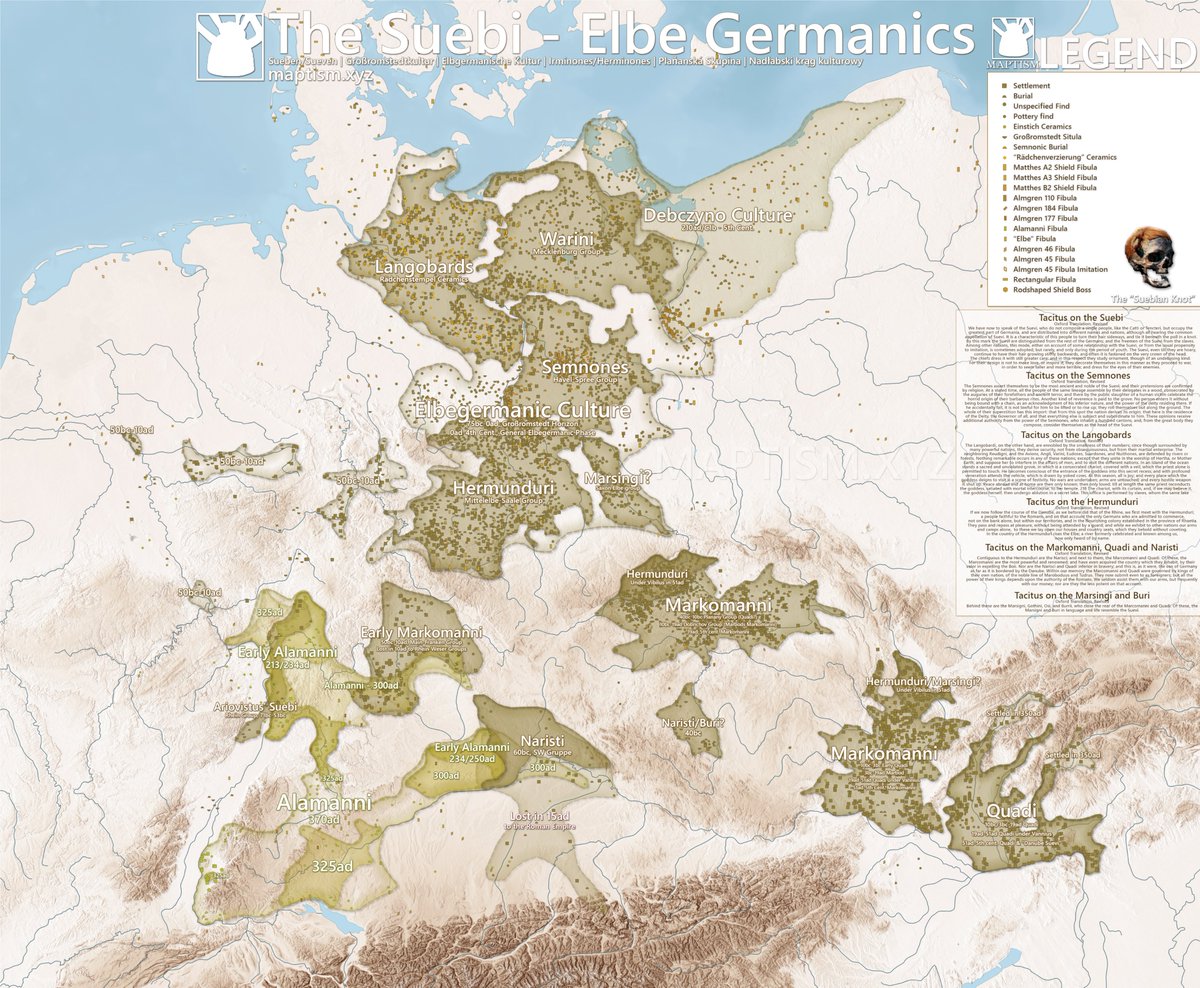
 Full resolution link: maptism.xyz/wp-content/upl…
Full resolution link: maptism.xyz/wp-content/upl…
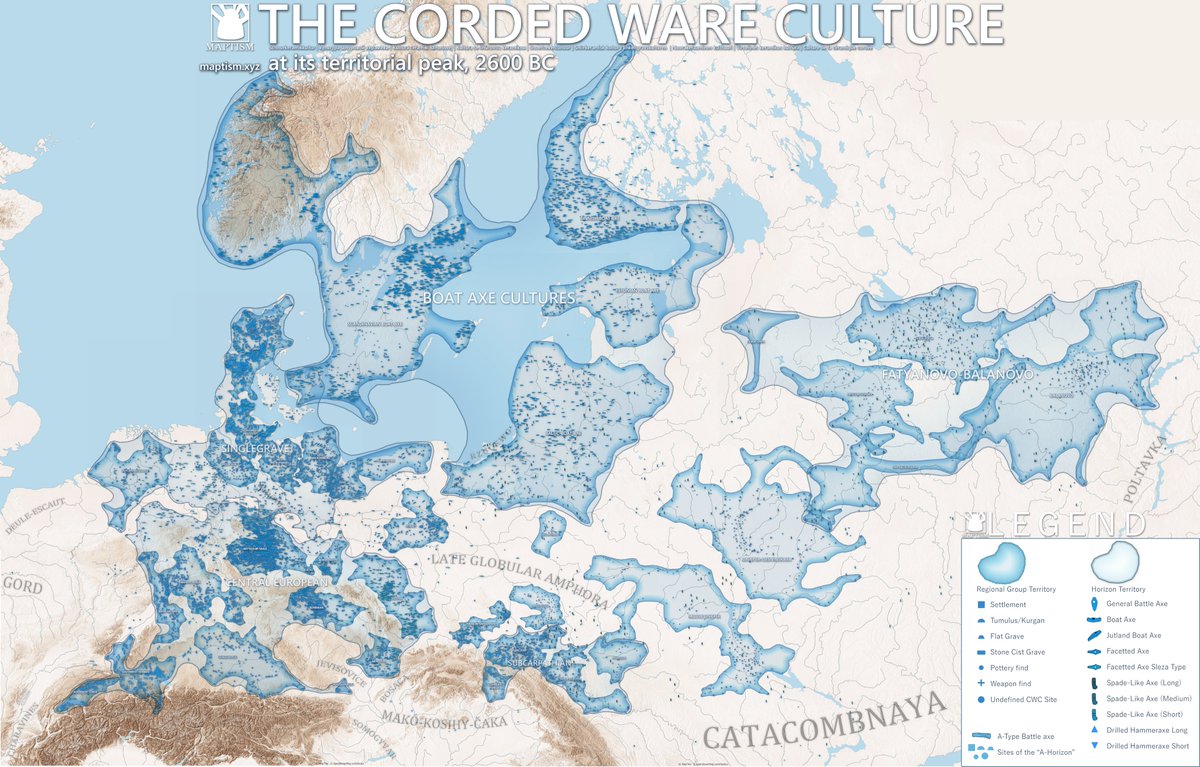
 maptism.xyz/wp-content/upl…
maptism.xyz/wp-content/upl…
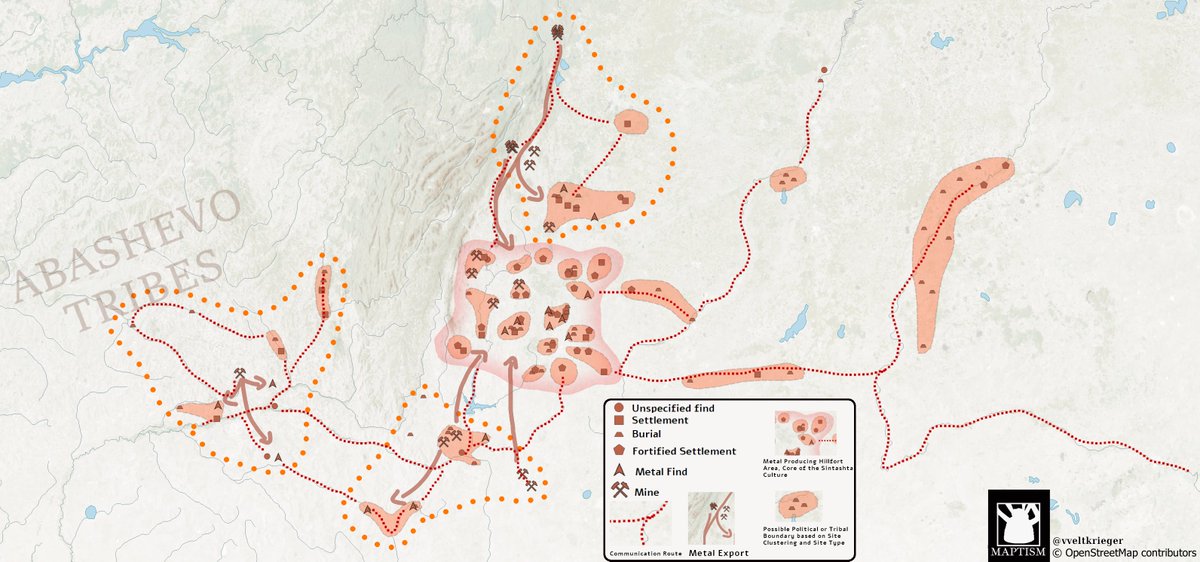
 Copper Mining Colonies on the fringes of the Culture exported Copper back to the Core Area via riverways, where workshops in the massive fortified Settlements such as Arkaim smelted the raw ore into weapons, jewelry, vessels, and even parts of Chariots.
Copper Mining Colonies on the fringes of the Culture exported Copper back to the Core Area via riverways, where workshops in the massive fortified Settlements such as Arkaim smelted the raw ore into weapons, jewelry, vessels, and even parts of Chariots. 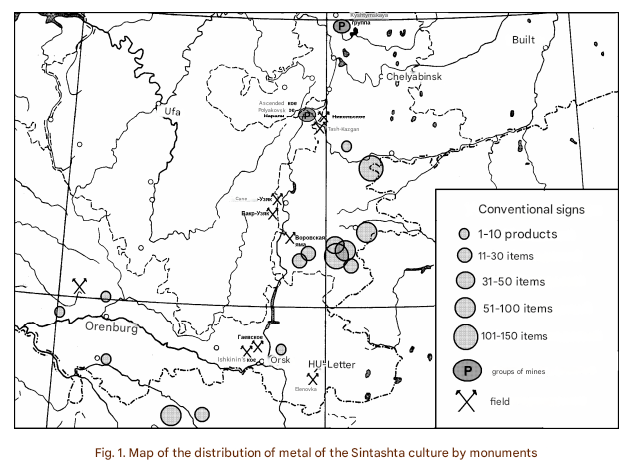
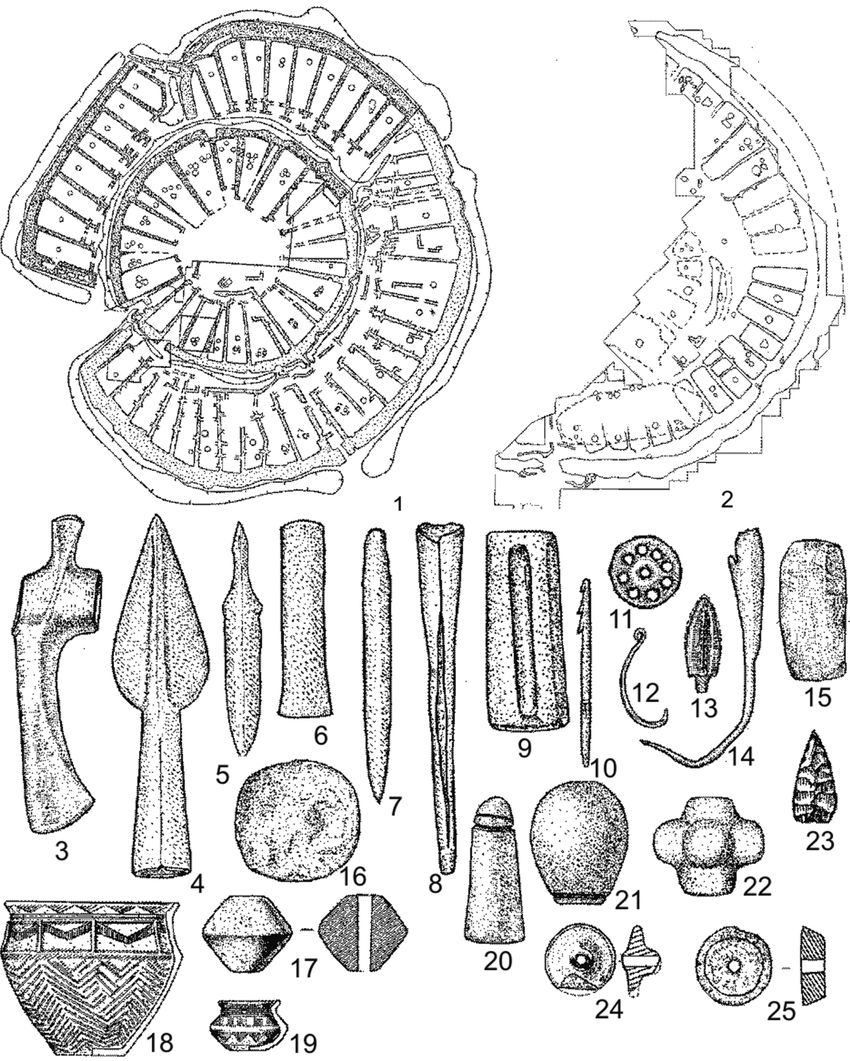

 We will start with an overview of the archaeogenetics known insofar about these populations:
We will start with an overview of the archaeogenetics known insofar about these populations:
 Full res: files.catbox.moe/phgdw7.png
Full res: files.catbox.moe/phgdw7.png

 "European Agricultural Substrate" Refers to the Agricultural terms of Non-indo-european origin in most CWC descended IE languages. These would have come from the Globular Amphora Culture hence the distribution on the map. Its possibly Cuceteni-Trypillia added to this as well.
"European Agricultural Substrate" Refers to the Agricultural terms of Non-indo-european origin in most CWC descended IE languages. These would have come from the Globular Amphora Culture hence the distribution on the map. Its possibly Cuceteni-Trypillia added to this as well.

 Prior to the Michelsberg intrusion, it seemed that Grosgartach-Rössen (Post-LBK) already had considerable HG ancestry and Cardial influence in 4900bc making them appear similar to Michelsberg
Prior to the Michelsberg intrusion, it seemed that Grosgartach-Rössen (Post-LBK) already had considerable HG ancestry and Cardial influence in 4900bc making them appear similar to Michelsberg

 The Balkans, Cradle of the danubian ANFs, is a mosaic of cultures after the end of the Massive Starcevo culture. Vinca is largely its sucessor, with LBK in the north having replaced the Körös and Cris cultures and migrating along the Carpathians back into Danubia.
The Balkans, Cradle of the danubian ANFs, is a mosaic of cultures after the end of the Massive Starcevo culture. Vinca is largely its sucessor, with LBK in the north having replaced the Körös and Cris cultures and migrating along the Carpathians back into Danubia. 

 First of all, what are is the Bell Beaker Culture?
First of all, what are is the Bell Beaker Culture? 
